In 2025, the construction industry is experiencing a radical green shift. As climate goals tighten, architects and developers are investing in green building materials 2025 that not only lower carbon emissions but also enhance performance and design. These innovations mark a new era of eco-smart construction
This new generation of eco-friendly materials not only supports the planet but also lowers long-term building costs—making sustainability both ethical and economical
1. Bamboo: Nature’s Strongest Ally
Why it matters in 2025:
Bamboo grows rapidly—sometimes three feet in a single day—making it one of the most renewable materials on Earth. In green building materials 2025, it stands out for its flexibility and carbon-sequestering ability.
Key Benefits:
- Regrows quickly without replanting
- Lightweight yet stronger than steel
- Ideal for interiors and furniture

External Resource (DoFollow):
Learn more from World Bamboo Organization.
2. Recycled Steel: The Backbone of Modern Sustainability
Recycled steel is revolutionizing eco-construction in 2025. It uses 75% less energy than new steel production and lasts for decades.
Key Benefits:
- 100% recyclable
- Reduces construction waste
- Ideal for modular and high-rise structures
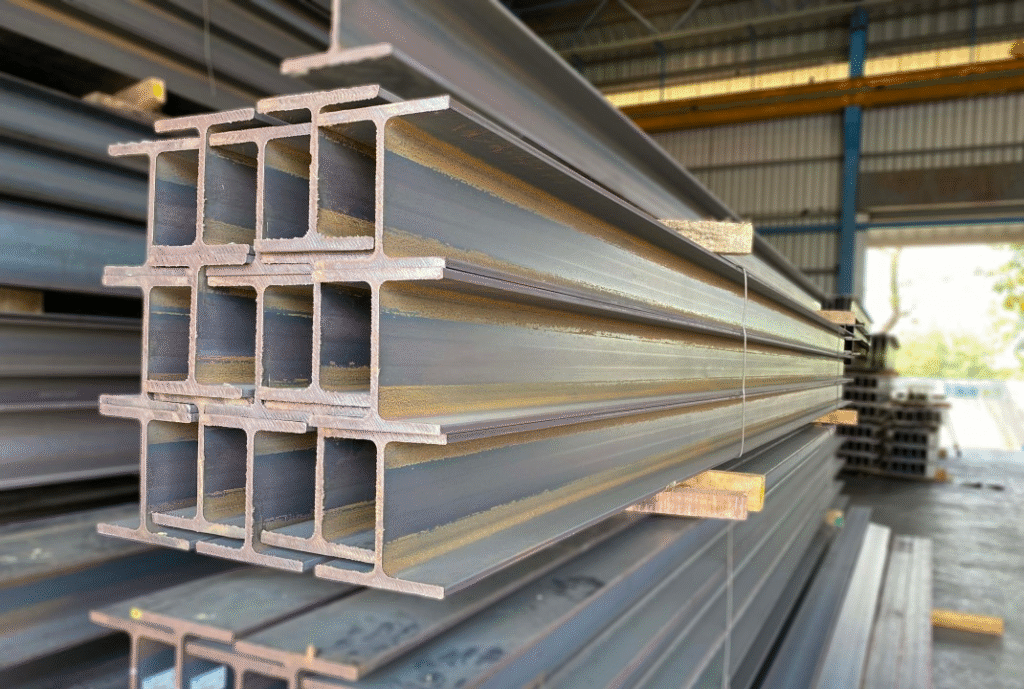
3. Hempcrete: The Future of Carbon-Negative Walls
Hempcrete is one of the top green building materials 2025 known for being carbon-negative. Made from hemp shiv and lime, it breathes, insulates, and stores CO₂.
Key Benefits:
- Non-toxic and mold-resistant
- Naturally regulates temperature
- Durable and lightweight
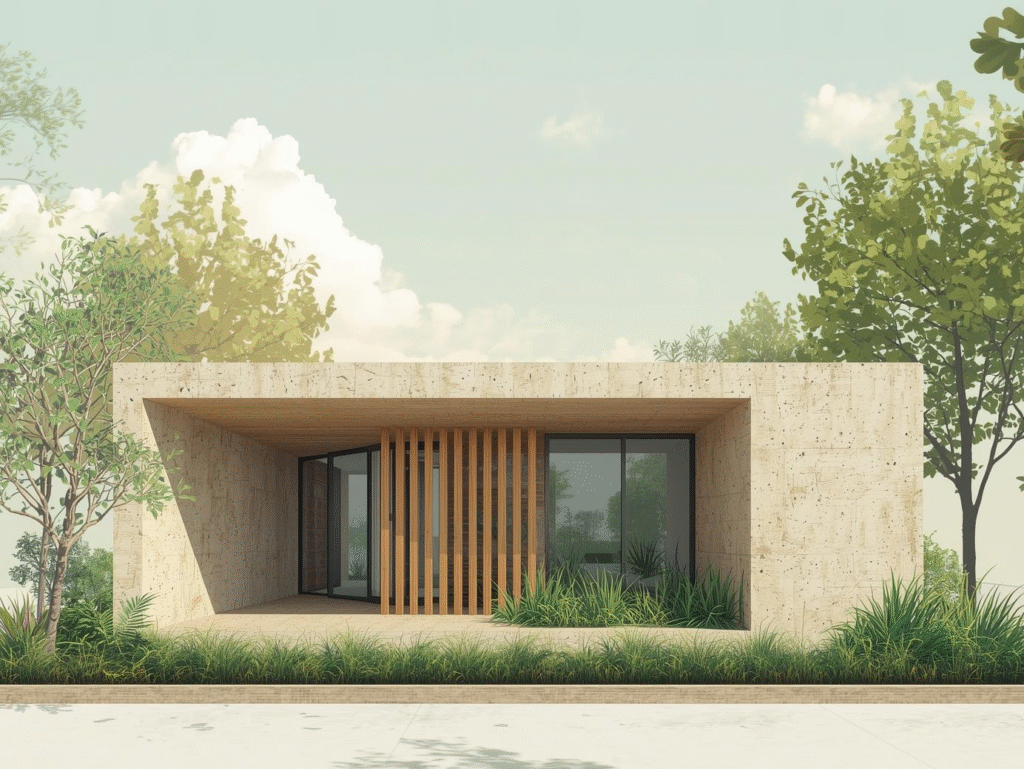
4. Cork: The Silent Hero of Green Design
Cork’s elasticity, soundproofing, and renewability make it a staple in eco-architecture 2025. It’s harvested without harming trees and reused multiple times.
Key Benefits:
- Fire-resistant and hypoallergenic
- Renewable every 9 years
- Great thermal and sound insulation
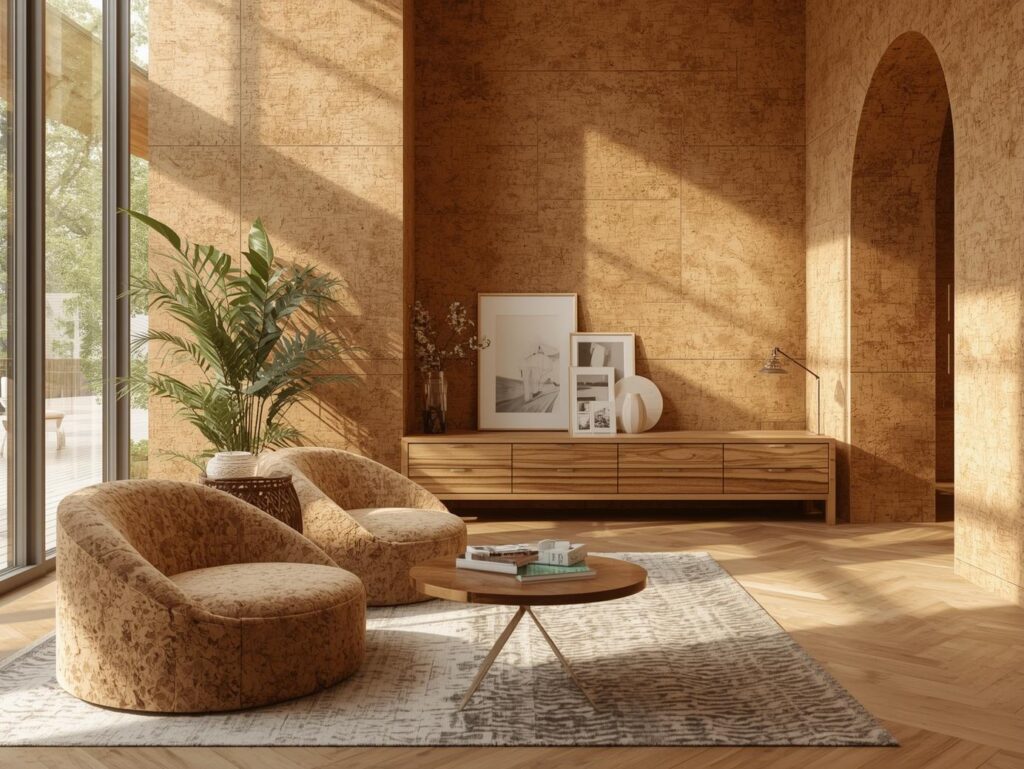
5. Recycled Plastic Bricks: Turning Waste into Strength
In 2025, these bricks are helping cities combat plastic pollution by converting waste into strong, low-cost construction blocks.
Key Benefits:
- Low carbon footprint
- Waterproof and durable
- Promotes circular economy
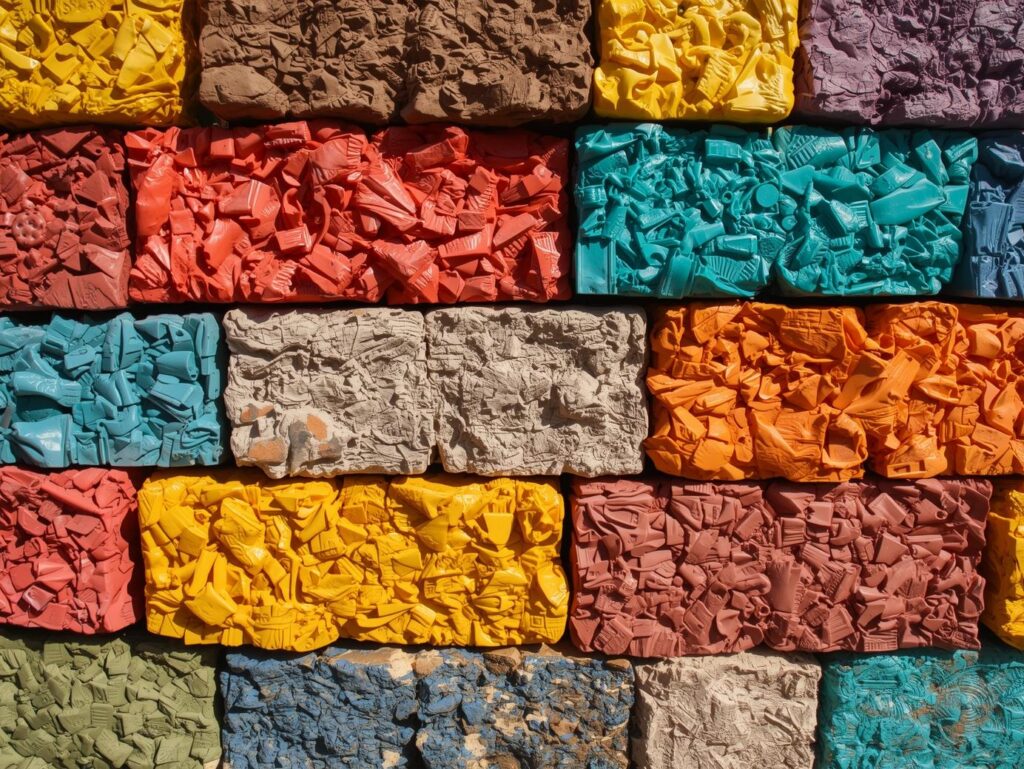
6. Mycelium: The Living Building Material
Mycelium, a fungus-based material, is gaining momentum as a biodegradable alternative to traditional insulation in 2025.
Key Benefits:
- Compostable and organic
- Fire-resistant and lightweight
- Ideal for furniture and walls
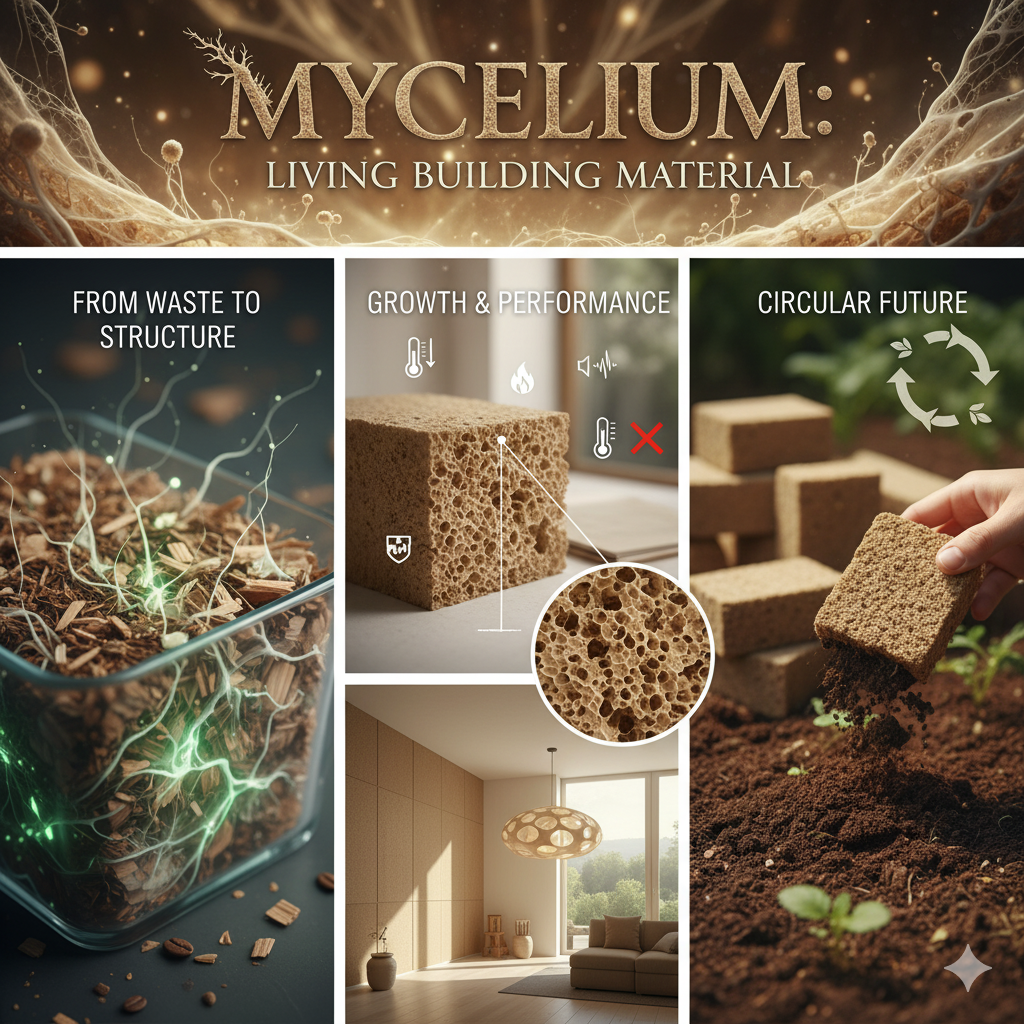
7. Low-E Glass: Smarter Windows for 2025
Low-E glass technology remains essential among green building materials 2025 for energy conservation. It minimizes heat transfer and maximizes daylight.
Key Benefits:
- Reduces heating/cooling costs
- Blocks harmful UV rays
- Improves indoor comfort

8. Rammed Earth: Back to Nature
In 2025, rammed earth designs are redefining traditional architecture. Using natural soil and clay, this material provides unmatched thermal performance.
Key Benefits:
- No synthetic binders
- High durability and strength
- Aesthetically timeless
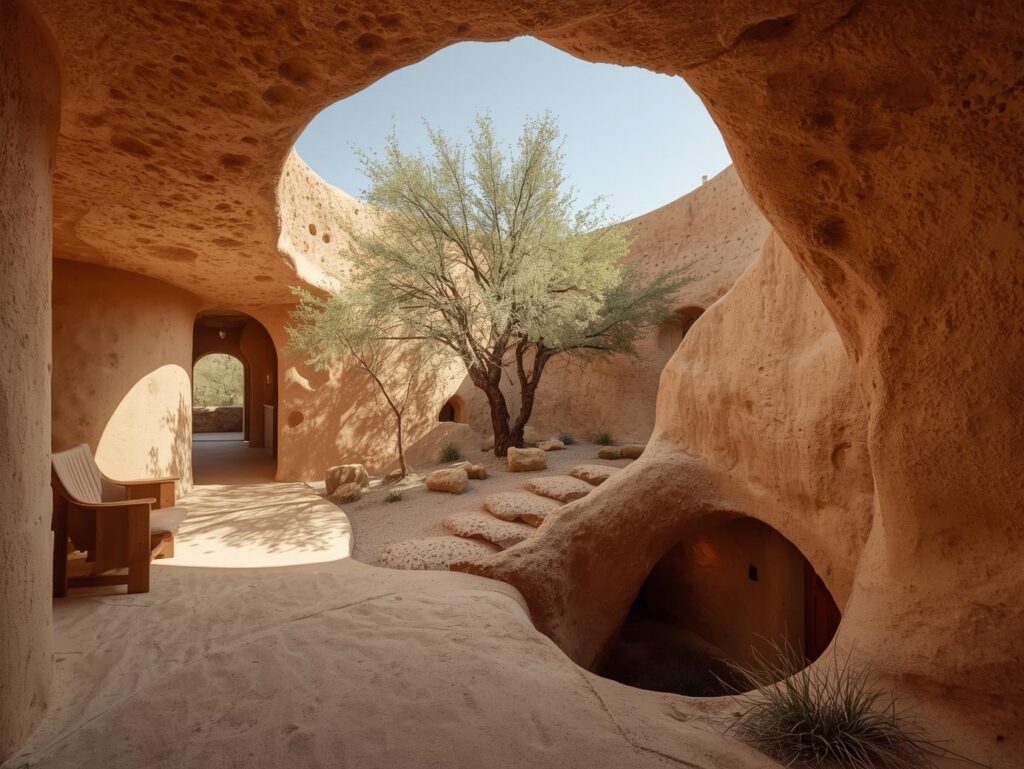
9. Cross-Laminated Timber (CLT): Redefining Wooden Architecture
CLT is one of the most promising green building materials 2025 for constructing tall wooden buildings sustainably.
Key Benefits:
- Carbon-sequestering
- Prefabricated with minimal waste
- Ideal for multi-story construction

10. Solar Tiles: Energy Meets Aesthetics
Solar tiles combine design and function, producing clean energy while serving as roofing. In 2025, they’re powering eco-homes worldwide.
Key Benefits:
- Converts sunlight into electricity
- Long lifespan and high efficiency
- Increases property value

Green building materials 2025 are setting the standard for a sustainable construction future. From bamboo to solar tiles, these innovations prove that design and sustainability can coexist beautifully.
Learn about global sustainability goals from UN Environment Programme.
As the construction industry pivots toward sustainability, green building materials in 2025 are redefining how we build for the future — stronger, smarter, and more eco-responsible. Whether it’s bamboo’s versatility, recycled steel’s resilience, or hempcrete’s energy efficiency, the choices we make today shape tomorrow’s living spaces.
Follow Estate Innovation for more insights on sustainable architecture, smart cities, and next-gen construction trends shaping the future of real estate.
Related Post





